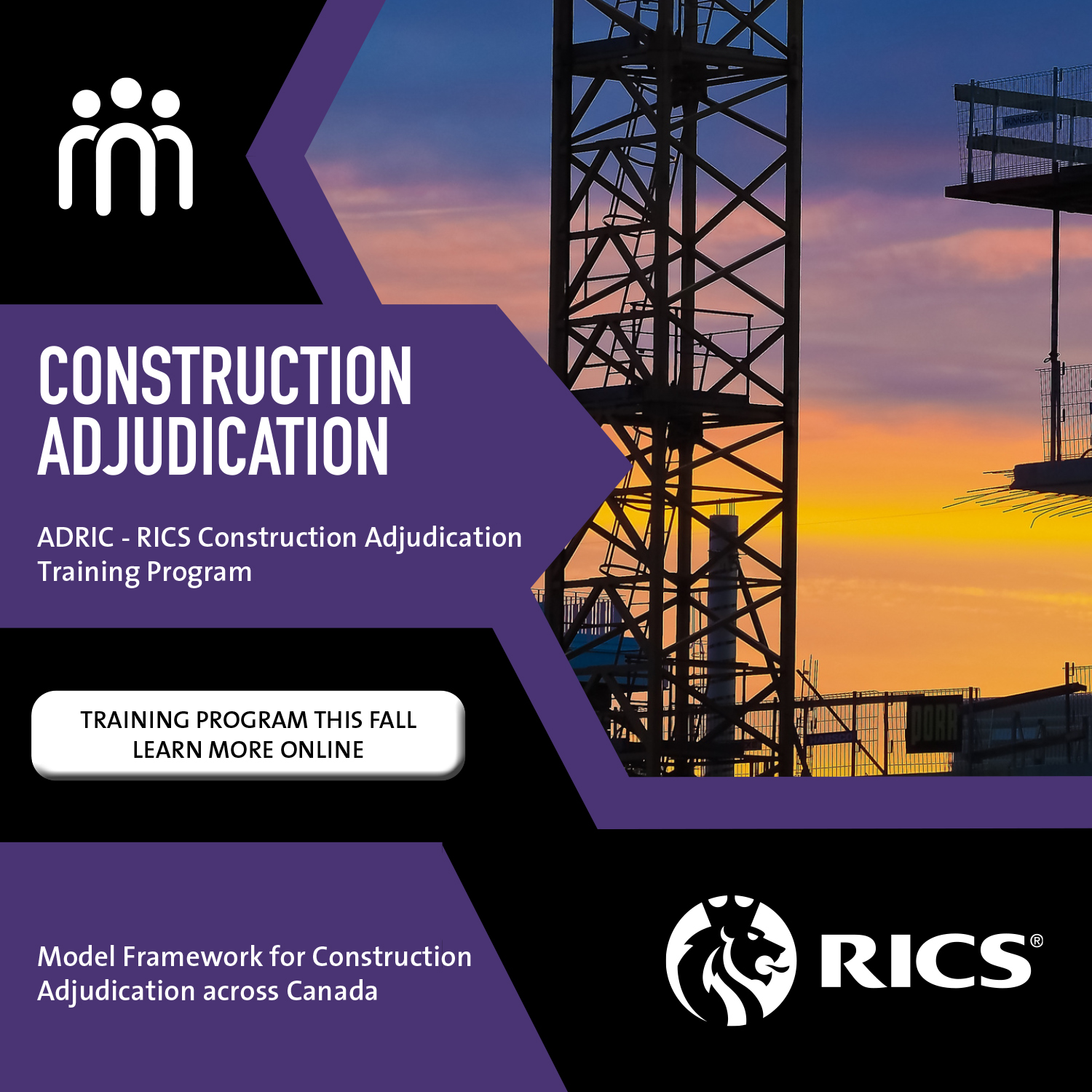Good Practice for Remote Hearings
United Kingdom Judicial College
The points made here may apply to any person appearing in front of a judge, whether as defendant, party, witness or advocate.
We will all have been struck by the very quick technical response to the Covid 19 pandemic which has enabled the judiciary, like others, to continue with aspects of our work. Remote hearings have become part of that, showing us that they have advantages as well as disadvantages. Whilst they are by no means the new normal, no doubt they will continue to have a place in the future. That is why now is the right time to consider how we can best use those hearings to deliver justice.
The critical place of procedural justice The process, rather than merely the result, is a significant consideration in terms of the delivery of real justice. An individual is more likely to accept an adverse conclusion where it has been arrived at after a process which has been transparently just, where the needs of all have been considered, and where they have felt engaged in the process and the outcome is explained. Such acceptance both avoids further appeals and contributes to public confidence in the judicial system.
Conversely, a hearing that is perceived as unfair can fuel mistrust and legal argument for years to come.
Now, of all times, as we try to work with new technology we must strive to ensure fair process for all courts and tribunal users.
“Getting it done”
We know that the pandemic has left many cases languishing and the natural inclination is to get them heard ASAP. But that understandable imperative must be tempered by natural justice considerations. This is a tension that judges are used to dealing with, but in the current circumstances there may be additional factors to consider.
Effective communication underlies the entire legal process: ensuring that everyone involved understands and is understood. Otherwise the legal process will be impeded or derailed.1
The ETBB is concerned with enabling participation in the judicial process by identifying and making adjustments for disabilities or other disadvantage.
1 Equal Treatment Bench Book.
We found that opportunities to identify impairments and make adjustments are lost or reduced when a defendant appears in court by video-link rather than in person. 2
Judges might also note the following when considering whether to direct a remote hearing:
• Do not assume access to technology: there is a disparity of such access and access to the internet based upon socio-economic factors, age and disability.
• Some may not be able to read or internalise the HMCTS guidance for a remote hearing. Those living alone may not have assistance, and there is still a barrier in admitting to reading difficulties.
• A remote hearing taking place at home might occur alongside distractions which inhibit evidence, such as domestic violence, coercive control, and overcrowding: parties may not have a quiet private room, and there may be demands on their attention from pets, partner, children.
• It must also be considered whether the content of evidence/questions would be appropriate for children to hear- of particular importance where there is no other adult to care for the children during lockdown. Or someone may have withheld full detail from other adults in the household.
• Changing the date or time of the hearing at short notice may cause extra difficulty with arrangements made to avoid interruptions.
• The consequences and pressures of Covid-19 may relegate the importance of court or tribunal proceedings; this doesn’t necessarily signify disinterest.
• Community mental health and other services have been scaled back/made remote, yet the pandemic may be exacerbating pre-existing problems due to social isolation, increased stress, and lack of medication. You may not be told that there is a problem.
• Interpreter and Intermediary use may be problematic unless specific arrangements can be made.
• Technology may give rise to specific difficulties for those with sensory impairments.
• Virtual hearings take longer, because of technical difficulties, slower communication and the need for more breaks due to the increased concentration required as well as often unsuitable seating arrangements and posture. Allow more time when fixing hearings.
• Consider holding a case management discussion to decide whether holding a remote hearing can fairly proceed and what measures might be needed.
A different judicial skill set for remote hearings
• The technology may appear satisfactory to the judge even where reception is poor. Initial remarks must give the parties and their representatives confidence to explain when there are difficulties in hearing/communication generally.
2 Equality and Human Rights Commission interim report on video hearings and their impact on effective participation: ‘Inclusive Justice: A system designed for all’.[April 2020.
• Explain at the outset the risk of IT failing and what to do if the link fails. It is an alien environment to many, including the judge, and any mechanism that can be used to put parties at ease should be deployed.
• Enquire as to the needs of those appearing, so that you can work out accommodations and manage the hearing accordingly.
• Establish at the outset whether there will be any unavoidable interruptions as those who are the only adult in the home may be worrying about these, e.g. deliveries; important incoming phone calls; childcare issues.
• Spell out the approach to the hearing so that the parties understand what is expected. Explain the purpose of the hearing. Explain when parties can have their say. This is most important with LIPs and those with impairments such as autism.
• Carefully monitor throughout that everyone is present in the hearing and able to follow. People may briefly drop in and out without the judge realising and may not be sufficiently assertive to tell the judge that has happened.
• Try to establish a person’s level of understanding by asking if they have the document/letter/court order then, using language that is “user friendly”, see if they can explain what paragraph X means.
• Where interpreters are used, the dangers of their being marginalised are increased. Particular effort needs to be made to keep them involved, used as needed, and confident to express difficulties. Lack of visual cues may make interpretation harder.
• Where interpreters are not used, but individuals are speaking English as a second language, use of technological vocabulary (mute, mic etc); the increased cognitive load of thinking about operating technology as well as language; minor loss of sound or voice distortion, fewer visual cues, could all create difficulties in understanding. Thought must be given to reliable ways of assisting and checking understanding. Chapter 8 paragraphs 62-113 of the ETBB give general guidance on communicating with those who do not speak English as a second language.
• Some of the problems above may also be issues for people with certain sensory impairments, mental impairments or who are neuro-diverse.
• Explain, monitor and control turn-taking. There are fewer visual cues and individuals may find it difficult to indicate when they want to speak. These difficulties may be increased with people from certain cultures or who are not speaking English as a first language or with certain mental impairments.
• Make no assumptions about people’s behaviour. It may be different to what one would expect in court: they are at home. They may not dress smartly. They may be more relaxed; alternatively, they may feel worried because a process which comes inside their home feels like an invasion of their personal space. They may be sitting somewhere apparently unsuitable, but it may be the only place that they have; alternatively, they may be sharing space with another household member who needs it for work.
• Be careful not to make unconscious assumptions about individuals from their home surroundings. Conversely, where judges are working from home be conscious that parties may make assumptions about the judge from what they see. Social barriers between judges and parties may appear exaggerated by everyone appearing in their own homes. Keep your background neutral.
• Time lapses: conversation does not “flow” in a video hearing as it might face to face. Expect stress from parties who want to have their say but it is all taking “so long”.
• Remember many don’t have the resources to navigate/download e-bundles. Where relevant this warrants exploration at the start of a hearing, and if edocuments have not been served despite directions to do so don’t assume that is disobeying an order.
• A witness may wish to take a religious Oath but not have a holy book because they are at home or they may be unable safely to touch it if in court at this time. They should be allowed the choice of taking the Oath without the book or affirming.
• Allow more time for breaks and do not be tempted to extend hours to get hearings completed. This will be exhausting for everyone, and may be particularly problematic for litigants in person, those speaking English as a second language and people with a range of mental or physical impairments who find the process particularly tiring.
• Remember that people in difficulty may say they are willing to continue, out of a sense of deference, unassertiveness or anxiety to get the hearing over with, when in reality their ability to give or absorb evidence has become impaired by tiredness.
Particular difficulties with telephone hearings
• Those on a telephone are relying solely on the tenor of the voice because they have no visual cues from the judge or the other party. The judge should seek to avoid any tension in their voice which may signify impatience to such person.
• Empathy is hard to convey over the phone, but just listening can be enough, and feeding back the key points the person has made.
• The judge has to take particularly active steps to monitor that everyone remains present, is following the proceedings and looking at any relevant documents, feels able to speak and is not distressed.
• Both telephone hearings and video hearings require focus and concentration from you, the advocates the parties and any witnesses. Take regular breaks.
It is ultimately a balancing exercise for the judge as to whether or not a particular hearing should proceed remotely. The needs of the parties and their representatives will need to be considered alongside the importance of a speedy resolution of the issues, but it is vital at this time, when many are living under such difficult conditions, to really listen to views as to adjourning, or hearing a case in a particular way: consider case management hearings to investigate the difficulties/possibilities in cases which might otherwise appear straightforward.
Judicial College ETBB committee












